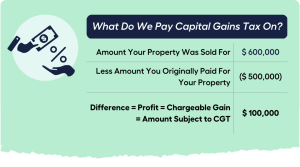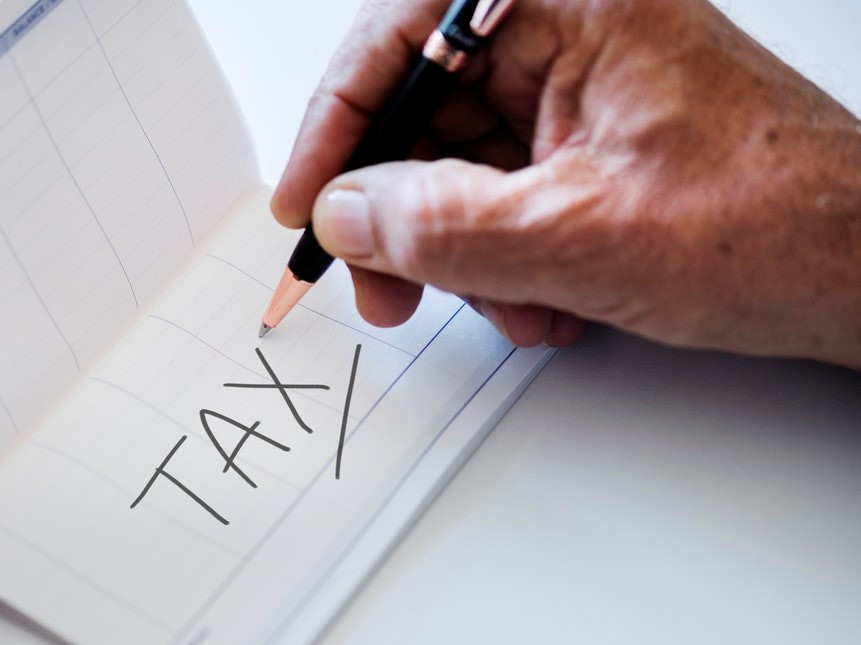Understanding Capital Gains Tax on $100,000: A Comprehensive Guide
Capital gains tax is a crucial aspect of financial planning, especially when dealing with significant amounts like $100,000. Whether you’ve recently sold an investment, property, or other assets, it’s essential to grasp the implications of capital gains tax on your financial portfolio. In this article, we’ll delve into the intricacies of capital gains tax and explore how much you may need to pay on a $100,000 gain. How much capital gains tax do I pay on $100000?
The Basics of Capital Gains Tax
Before delving into the specifics of your $100,000 gain, let’s first understand the basics of capital gains tax. Capital gains tax is a levy imposed on the profit generated from the sale of an asset, such as stocks, real estate, or other investments. The amount subject to taxation is the capital gain, calculated as the difference between the sale price and the purchase price of the asset.
There are two main types of capital gains: short-term and long-term. Short-term gains apply to assets held for one year or less, while long-term gains are associated with assets held for more than one year. The tax rates for these two categories may differ, so it’s crucial to determine the holding period of your asset.

Calculating Capital Gains on $100,000
Now, let’s break down how capital gains tax is calculated on a $100,000 profit. The tax rate you’ll face depends on whether the gain is short-term or long-term.
Short-Term Capital Gains Tax
Short-term capital gains are typically taxed at your ordinary income tax rate. As of the latest tax brackets, these rates range from 10% to 37%. If your $100,000 gain falls into this category, you’ll need to calculate your tax liability based on your current income tax bracket.
For example, if you fall into the 22% tax bracket, your short-term capital gains tax on $100,000 would be $22,000 (22% of $100,000).
Long-Term Capital Gains Tax
Long-term capital gains are subject to lower tax rates than short-term gains. The rates can range from 0% to 20%, depending on your income and filing status. To determine your long-term capital gains tax on $100,000, you’ll need to identify your applicable tax rate and apply it to the gain.
For instance, if you qualify for the 15% long-term capital gains tax rate, your tax liability on $100,000 would be $15,000 (15% of $100,000).
Strategies to Minimize Capital Gains Tax
While paying capital gains tax is inevitable, there are strategies to minimize your tax liability. One common approach is tax-loss harvesting, where you sell investments at a loss to offset your capital gains. Additionally, holding onto assets for more than one year to qualify for long-term capital gains rates can significantly reduce your tax burden.
Furthermore, tax-advantaged accounts, such as Individual Retirement Accounts (IRAs) or 401(k)s, provide a shelter for your investments, allowing them to grow tax-free or tax-deferred. Implementing these strategies requires careful planning and consideration of your overall financial goals.

Conclusion
Understanding the implications of capital gains tax on a $100,000 gain is crucial for effective financial planning. Whether your gains are short-term or long-term, being aware of the applicable tax rates and employing strategic approaches can help minimize your tax liability. As tax laws are subject to change, it’s advisable to consult with a tax professional to ensure you are making informed decisions based on the latest regulations.
By taking a proactive approach and staying informed, you can navigate the complexities of capital gains tax and make the most of your financial endeavors.


